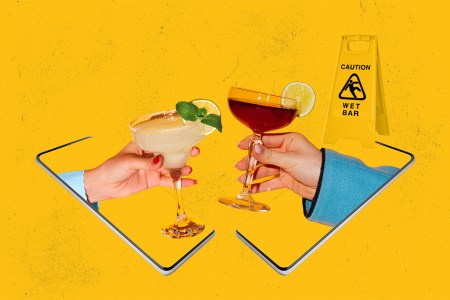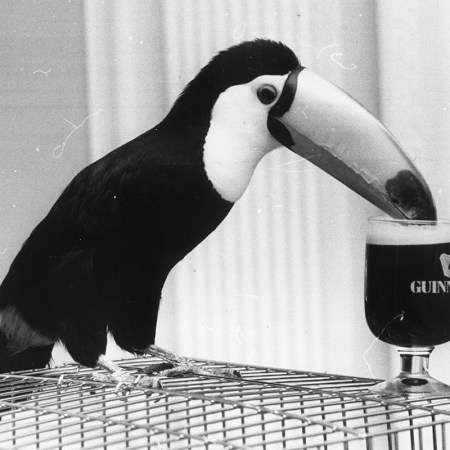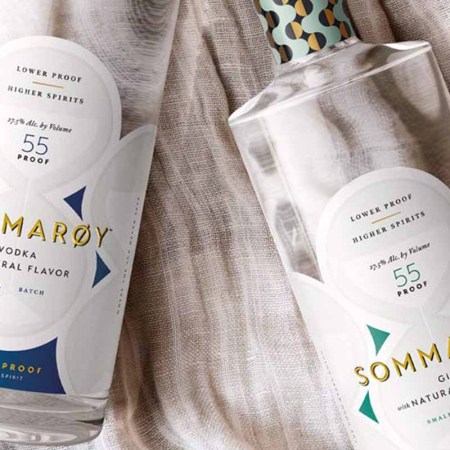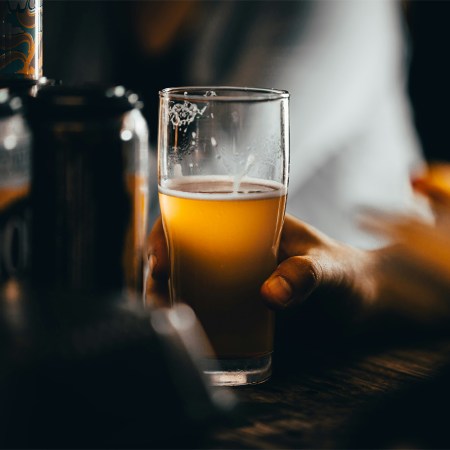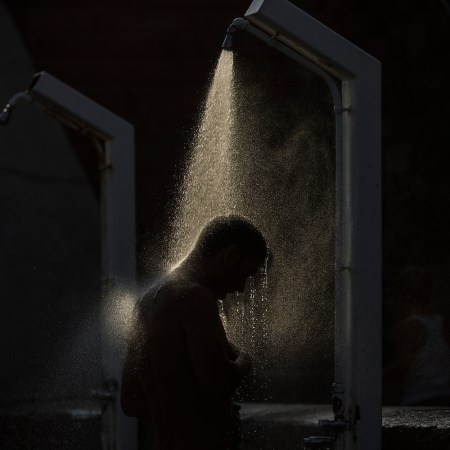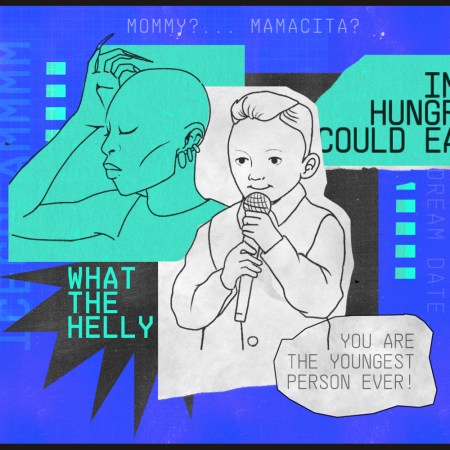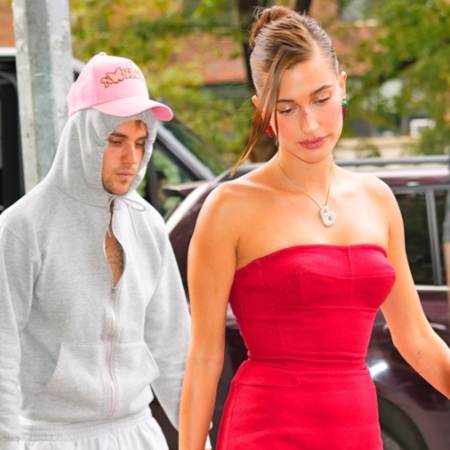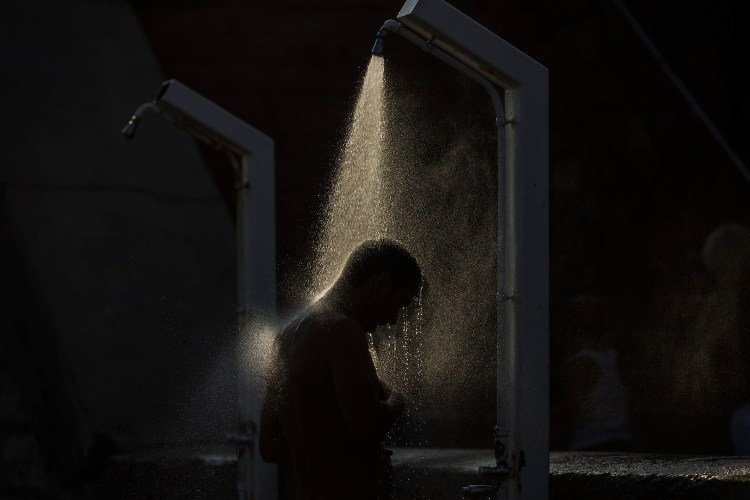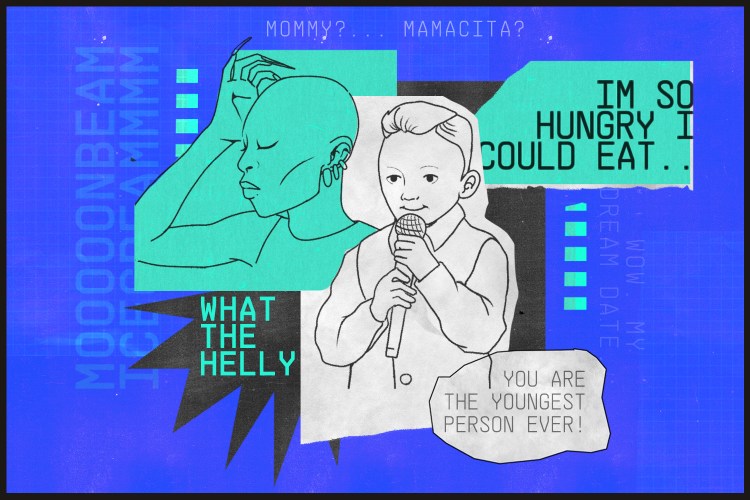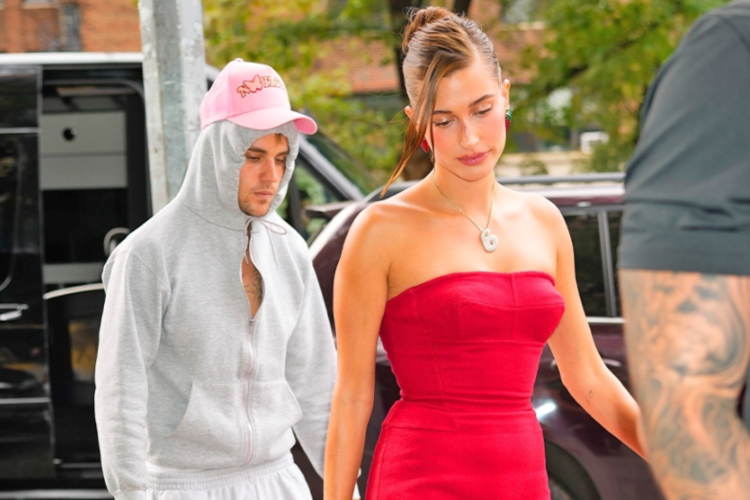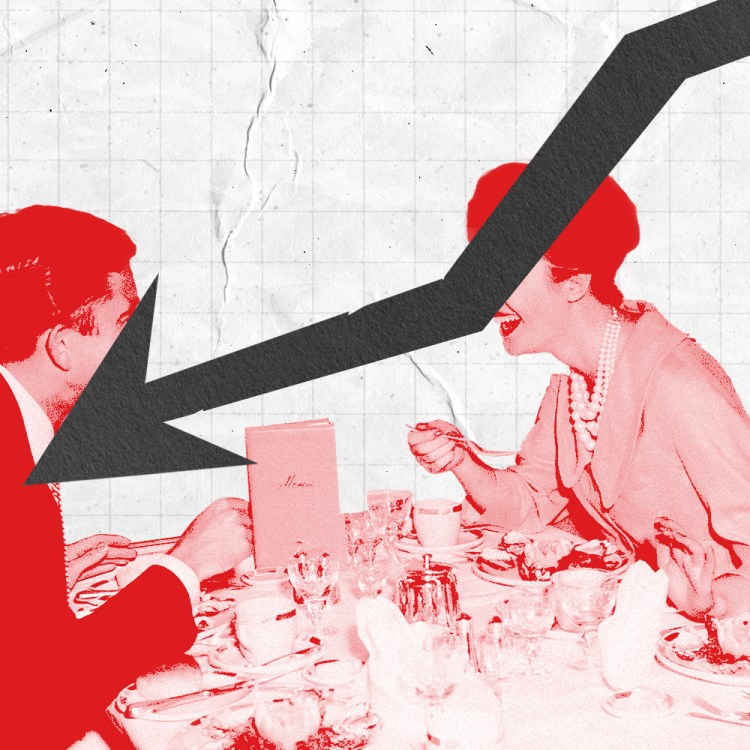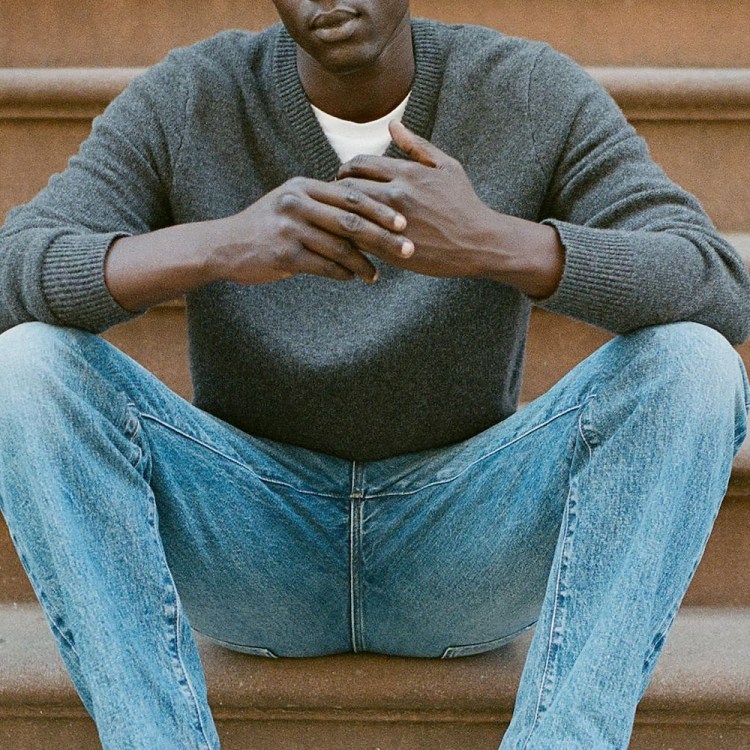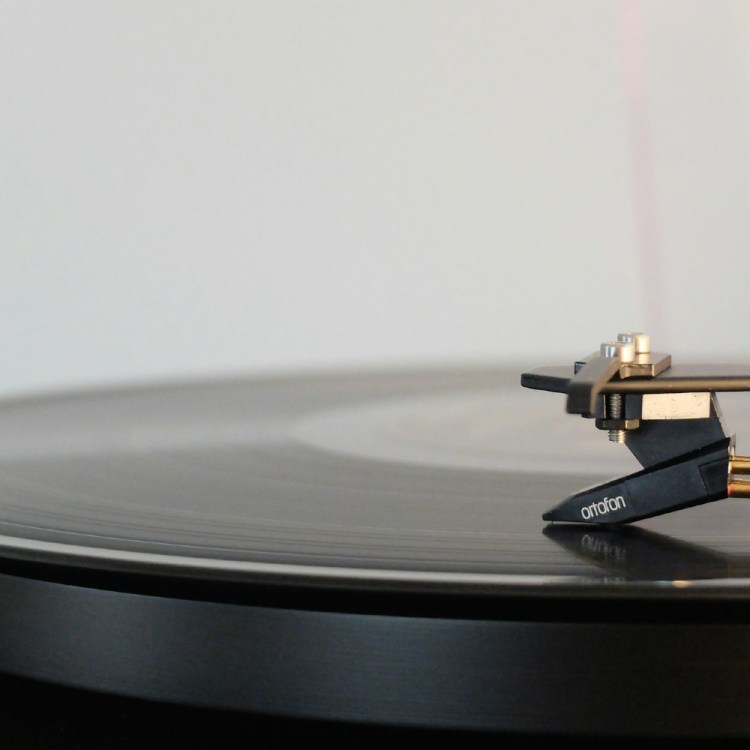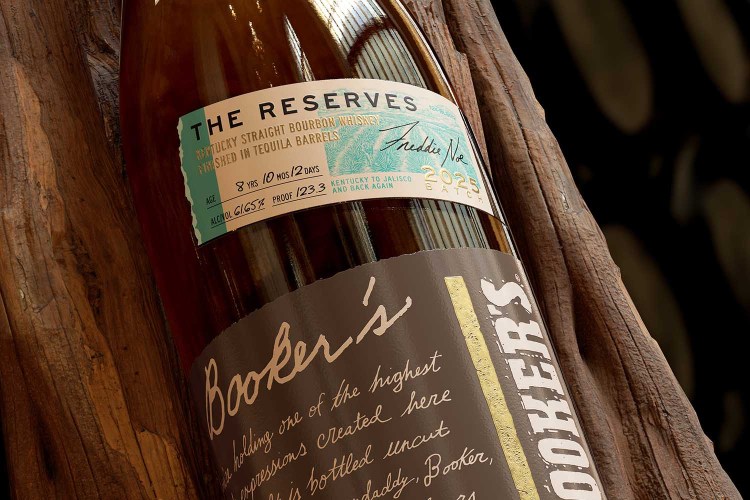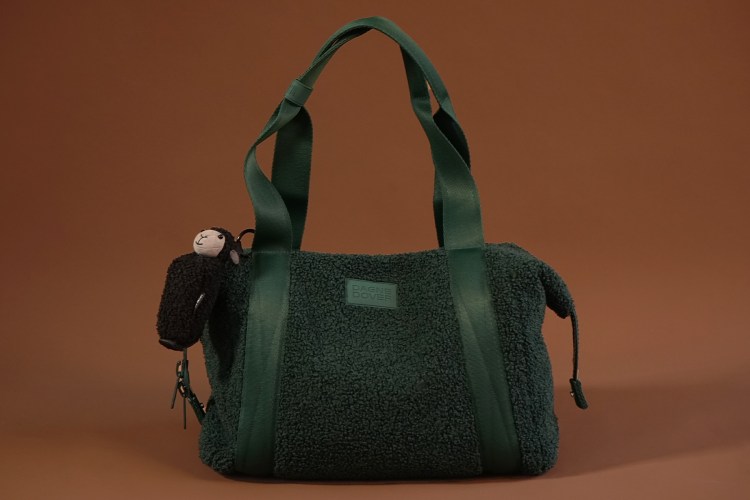People say all manner of things to me when they discover I write about spirits for a living. “You have the coolest job.” It has its perks, I say, but cool doesn’t pay the bills. “You must be a whiskey expert.” It’s all relative, but I know a few things. “It’s a good thing you’re not an alcoholic.” Um, yes, it’s important to keep firm boundaries.
For anyone working with booze — bartender, journalist, sales representative, etc. — boundaries are critical and scheduled sobriety is a must. In this industry, alcohol is too easy to access, and often, the quality is too good to pass up. You have to take breaks. It’s the only way.
This is why I have always been struck by the way my industry has covered Dry January. I remember a December 2020 tweet written by a more seasoned spirits writer saying that at the top of his list of industry predictions would be “Screw ‘Dry January.’” More a feeling than a prediction, it nonetheless captures an ongoing attitude of contempt for the trend. The thinking goes that the alcohol industry suffers when people go sober en masse. It’s our duty as its members to support the bars, restaurants and liquor stores we hold dear lest we lose them entirely.
Can an App Help You Drink Less?
Our drinks editor used the neuroscience-based app Reframe to rethink his boozing habits. Did it work?For this reason and more, Dry January always felt like something I not only wouldn’t participate in but something I couldn’t. I may take a few sober days here and there, but a month? What would I write about? “It’s not only that we can’t afford to take an entire month off from drinking, it’s also that most of us don’t want to,” a fellow scribe said to me via email a few years back. “The whole Dry January movement — to say nothing of Sober October! — feels so performative.”
From my vantage point, it isn’t practical to participate, but it’s also true that the landscape of no- and low-alcohol beverages looks drastically different today than it did before. The sober curious movement has turned a binary into more of a grey area. Abstinence seems counter to our industry, but surely that doesn’t mean wellness is, too. There is a lesson in Dry January and the way that, despite what some would wish for, it hasn’t disappeared from the culture but rather grown in prominence.
Despite previous notions, I made it three weeks without a drink in January, the longest I have gone in roughly seven years. I lost weight. I slept better. I generally felt more alert. I cut out the one to four half-ounce pours I occasionally consumed at night while writing. I was tempted on a few occasions, especially when the news was bad, but I resisted. Am I doing “Dry January,” I wonder, but the answer feels secondary to the results.
In early January, the US Surgeon General issued a recommendation that all alcohol products contain a cancer risk warning. The merits of moderate consumption are up for debate, but I don’t think anyone would contest that overconsumption or sustained consumption is healthy. My father died of cancer when I was 18 years old, and while dissenting opinions have since been released, it is hard not to receive the surgeon general’s recommendation without knowledge of my own family history and occupational hazards.
When Dry January ends early
I folded on the 23rd when work inevitably called. A busy day of meetings in the city felt like the right time to indulge, though I was careful not to overdo it. My day ended with an event for St. Buena Vida, a non-alcoholic sparkling wine. It wouldn’t typically be on my radar, but, I showed up with an open mind. I had a Negroni Sbagliato made with the wine, and I explored some of that grey area myself. N/A products aren’t necessarily about abstaining altogether (though you can) but rather dropping the ABV of regular drinks. I had two more and called it a night.
I drank again two nights later on the Sotheby’s floor, where expensive bottles were available to taste for free, and a third time the following week during a private tasting in which my glass was much smaller than everybody else’s. While it would have been nice to go the full month, it felt more consistent to create my own structure than to subscribe to a universal one. In this case, that meant only imbibing for work and always outside the house.
That said, I was hungover once, breaking one of my resolutions. And what is Dry January if not the epitome of resolution culture? There is a parallel train of thought that says you don’t need the beginning of the year to make improvements on yourself and that we as writers can pick our sober spots throughout the year without having to sacrifice a full month. It’s about what’s right for you, and I have seen attitudes around moderation shifting in recent years — and that extends to Dry January.
Spirits are not in the best place right now, with whiskey losing some of its steam and overall spending down. I don’t know that N/A products and the sober curious movement are necessarily counter to the industry as much as they are now a very real piece of it. Diageo bought Ritual Proof in September 2024, adding to an N/A portfolio that already included a stake in Seedlip. Just this month, the booze giant reported that its N/A sales are up 56%.
As an industry, and as professionals inside of it, we have to embrace change. Things will evolve and so must we. I’m turning 37 in April, and, working in booze, I understand the impact my job can have on my body. Getting older is about getting wiser and pursuing healthier habits. If the goal is longevity, then what other choice do we have?
The Charge will help you move better, think clearer and stay in the game longer. Subscribe to our wellness newsletter today.


